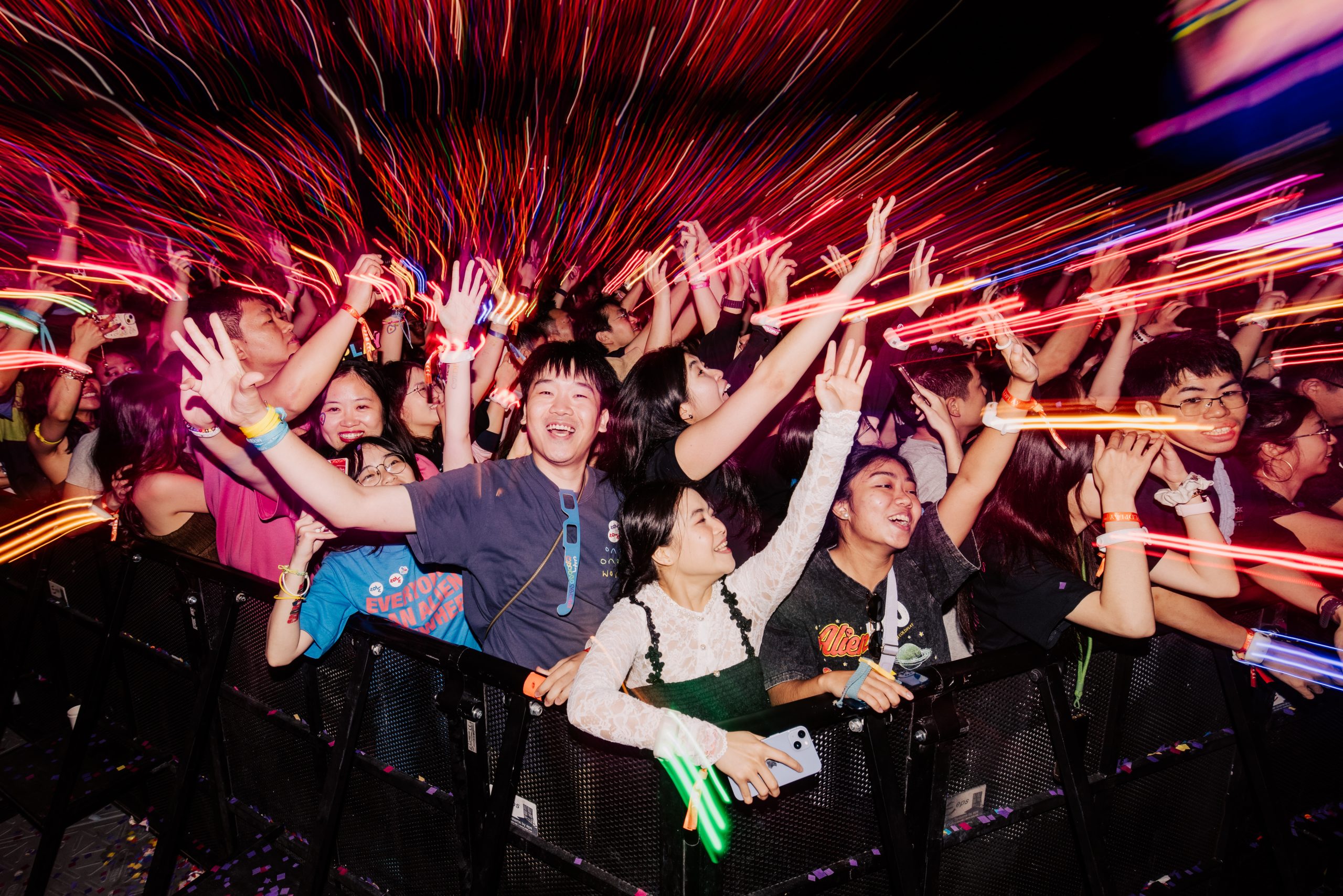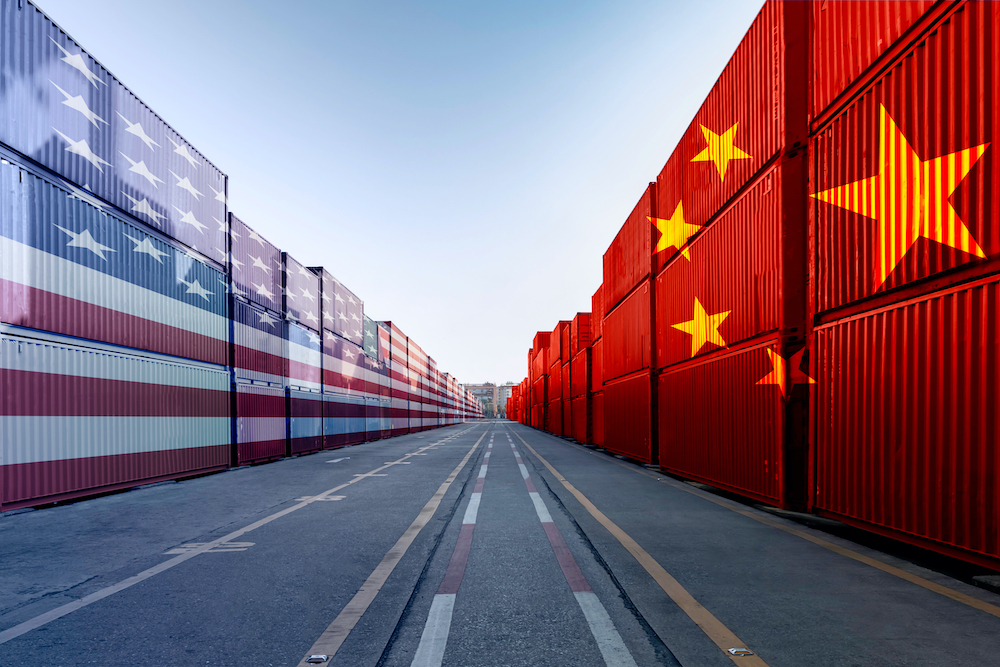It’s an unlikely location, but perched on a forested Bandung hillside is Nu Art Sculpture Park, the rambling tropical homestead of Indonesia’s most challenging sculptor – and one of Asia’s foremost proponents of public art. “A work of art is not just for art’s sake,” says Nyoman Nuarta. “It must be understood by ordinary people.”
Most days on the sloping lawns fronting a beautiful balconied mansion and surrounded by rubber trees and an eye-catching exhibition of copper and brass modernist sculptures, the genial sculptor can be found creating his large public art pieces.
Large is an understatement. After 10 years of raising finance and carefully sculpting an outsized masterpiece, Nyoman’s 14,000-tonne, 150m-high statue of Lord Wisnu riding on a mythical Garuda bird remains uncompleted. But the statue, which stands in a former limestone quarry in the southern tip of the island of Bali, is the dominant feature of one of Asia’s most unique outdoor event venues.
The 240ha quarry has been converted into the Garuda Wisnu Kencana Cultural Park, combining outdoor art and architectural design with an exhibition hall, street theatre area and a dramatic 800-seat amphitheatre carved from limestone. It hosted the 2008 Asian Beach Games opening ceremony and more recently gala dinners for the 2010 World Geothermal Conference and the 2010 Allianz Recognition and Education Conference. It is also a highly coveted location for Balinese weddings.

Nyoman Nuarta is now working to repeat the feat with a 60m, open-armed sculpture of Noah stood atop an ark-shaped resort built into forested hills overlooking a bay in northern Sumatra. It is, he says, his “most ambitious project” yet.
From being an elite pastime to becoming a global commodity, “art” – in its myriad forms – infuses many aspects of corporate events. They are seen everywhere from paintings in the guestrooms of boutique hotels to centrepieces ensconced in lobbies of convention venues. Stage performances regardless of type – drama, musical or dance – are artistic in their nature.
Event delegates and guests want to be wowed with experiences that add some artistic inspiration into prosaic, commuter-driven office lives.
Spectacular shows combining art, choreography and kaleidoscopic colour are the speciality of David Atkins Enterprises (DAE), a global live events and theatre-production company created by Australian David Atkins, who has starred in, directed, produced, and choreographed musicals worldwide for more than 25 years.
DAE’s biggest break came at the turn of the Millennium after it was appointed as artistic director for the Sydney 2000 Olympics opening and closing ceremonies. The company went on to fulfil a similar role for the 2006 Asian Games in Doha, Qatar, which “surpassed both the Sydney and Athens ceremonies in terms of innovation and technology”, Atkins says.
Atkins kicked off 2010 by producing the opening, closing and victory ceremonies for the 2010 Olympic Winter Games in Vancouver in February. Next, the company mounted the largest outdoor multimedia display in history for the opening ceremony of World Expo 2010 in Shanghai. It was “the first time an overseas company has been invited to independently create and produce an event of such a scale within China”, says Atkins.
Three years in the making – and with the input of 4,600 people and 2,000 design hours – the half-hour extravaganza “presented the themes and messages of Expo in a visually striking and modern way, weaving traditional Chinese elements and music throughout”, according to DAE artistic director, Ignatius Jones.
It began with searchlights and lasers doing a “drumbeat” to music by AR Rehman (who scored the Oscar-winning movie Slumdog Millionaire), then segued into a 3.4km-long red carpet rolling out from 1,200 red searchlights stationed on each side of the Huangpu River. The finale saw colourful symbols, including smiley faces, lotus flowers and the Expo logo, painted by lasers in the sky, and a volley of fireworks launched from the Oriental Pearl Tower.
The Expo opening featured 16 lasers, 194,000 pyrotechnic effects, 6,000 glowing balls on the Huangpu River, the world’s largest LED screen, a 250m dancing fountain, 220 boats and a sound system supported by the world’s largest optical fibre network.
Public art events can also be an option for events planners – providing the opportunity to create a themed evening gala surrounded by high art, or to include a visit to an art show, gallery or studio as a side activity to a conference or meeting.
As the capital of China’s booming contemporary arts scene, Beijing boasts a packed year-round calendar of art exhibitions and shows. But public-focused events are proving increasingly popular.
In April, the 2010 Affordable Art Beijing fair was held at the Orange in Sanlitun Village. It exhibited 1,016 affordably priced new works by 220 artists. Now in its fifth year, the two-day fair was created to showcase both China’s established and emerging artists. “We opened the doors at 11am and there was a queue of around 300 people waiting to get in,” says Tom Pattinson, founder of Affordable Art Beijing (AAB).
“Over the two days, more than 9,000 people attended this rare opportunity to interact with the Beijing art market.” The busiest period of the show saw it sell paintings at a rate of two per minute.
There was an added incentive, Pattinson adds. “China has a growing talent pool of artists and we expect the artists we showed to be the stars of tomorrow’s Chinese art market. Visitors who can spot quality and value have the chance to take home a real, yet affordable, work of art.”
The AAB organisers are now planning their first show in Shanghai later this year.
Art with a message of hope was the inspiration for Imagining Peace, the debut Colombo Art Biennale, which took place in September 2009 – just a few months after the ending of Sri Lanka’s long civil war. Conceived “over a glass of wine at an exhibition during the Galle Literary Festival” by British-born Annoushka Hempel, the four-day Colombo Art Biennale was imagined as a “platform from which to showcase this country’s boundless creativity”.
The event acquired an even stronger meaning as peace became a reality after almost three divisive decades of bloody civil war.
The largest art exhibition ever held in Sri Lanka featured 50 artists at the main Biennale venue, Park Street Mews Pavilions, with 25 satellite venues hosting art-related fringe events. The Biennale catalogue included a pull-out map of Colombo marking out the city’s various alternative art locations.
One of the most rewarding parts of organising the Biennale, Hempel says, was that artists from around Sri Lanka and local artists who had moved abroad – many of whom hadn’t seen each other for many years – worked together.
The success of the inaugural Colombo Art Biennale was recognised beyond Sri Lanka. After the event, Hempel visited London to set up a group show of Sri Lankan contemporary art at the Brunei Gallery, and attended Art Dubai to look at the UAE as an interactive location.
The most exciting response, however, came during a trip to Venice. “I had a meeting with the head of visual arts for the Venice Biennale and told them the whole story and gave a brief presentation. They loved it and suggested Sri Lanka join Venice, possibly in 2013,” she says. “In addition, the minister of tourist promotion and the chairman of the tourism board are all pulling me in to do more cultural events for Sri Lanka.”

SPECIALIST ART TOURS
Providing privileged access and guidance to world-class art is a growing trend in the travel and tourism industry, and one that events planners frequently utilise as an added-value activity for major events. Hotel art-related programmes and specialist tour guides are now highly sought after in some of Asia’s leading business events centres.
In Singapore, for example, The Ritz-Carlton, Millenia offers guests unique tours of the Lion City’s best museums and galleries. The hotel also boasts its own 4,200-piece collection of contemporary art and sculptures, including limited edition pieces by David Hockney, Henry Moore, Andy Warhol, Dale Chihuly and Malcolm Morley. Its 2010 “A Celebration of Art and History” package takes guests on a guided tour of the National Museum of Singapore’s permanent galleries and a visit to award-winning artist Ong Kim Seng’s studio.
The Langham Place Hotel in Hong Kong owns more than 1,500 pieces of contemporary Chinese art worth around US$2.5 million, including rare works by Wang Guangyi, Yue Minjun and Jiang Shuo. It recently announced the launch of a self-guided iPod art tour of the collection, which stretches from the ground floor to the 41st floor, with a different artistic theme on each level.
“We introduced the iPod tour, which took six months to put together, to ensure that our art is easily accessible and fully enjoyed,” says Cecilia Wong, director of public relations at Langham Place. “The key challenges were in making the tour available in four languages: English, Cantonese, Mandarin and Japanese. Also, we wanted to ensure the written explanations of our art pieces were easy to understand and convey the concept, philosophy and message behind each artist.” The tour, which is included in the hotel’s summer series of meetings packages, is accompanied by a complimentary box-set guide with image prints and written explanations in English and Chinese.
In Shanghai, the upcoming Zendai Hotel Yin and Zendai Art Hotel – located at the architecturally dramatic Himalayas Centre behind the city’s acclaimed Zendai Museum of Modern Art – in Pudong, will focus on “marrying Chinese art and culture with luxurious contemporary hospitality”, says Graham Kiy, general manager of both hotels.
The Zendai Art Hotel’s lobby ceiling will feature a multimedia artwork “projecting the daily and seasonal movement of celestial bodies… that can be customised to welcome groups and guests for special events.” The hotel will also exhibit an eclectic collection of artworks sourced from across China.
“Shanghai now caters well to international collectors and visitors interested in learning about Chinese art,“ says South African-born Michelle Blumenthal, who has been providing specialist art tours in the city since 2003. A graduate of the Christie’s art programme in London, Blumenthal has travelled around China to meet artists, visit studios and galleries and research the fast-changing contemporary art scene.
The demand for art tours is now rising, Blumenthal says, especially from international collectors, corporate travellers and meetings and incentives groups. “Art has become a commodity around the world and Shanghai is a destination that attracts people interested in art, especially as it continues to add new high-quality art space like the Rockbund Gallery.”
The Rockbund Gallery is located one block back from the Bund in the former Royal Asiatic Society building, dating from 1932. In 2007, British architect David Chipperfield began renovating the interior as a gallery and events venue and in May it opened with a show called Peasant: da Vincis, curated by acclaimed Chinese artist Cai Guo Qiang. The gallery’s debut exhibition showcases works by Chinese peasant inventors, including a replica aircraft carrier by a farmer from Anhui and robots that can paint in the style of Damien Hirst and Jackson Pollock.


